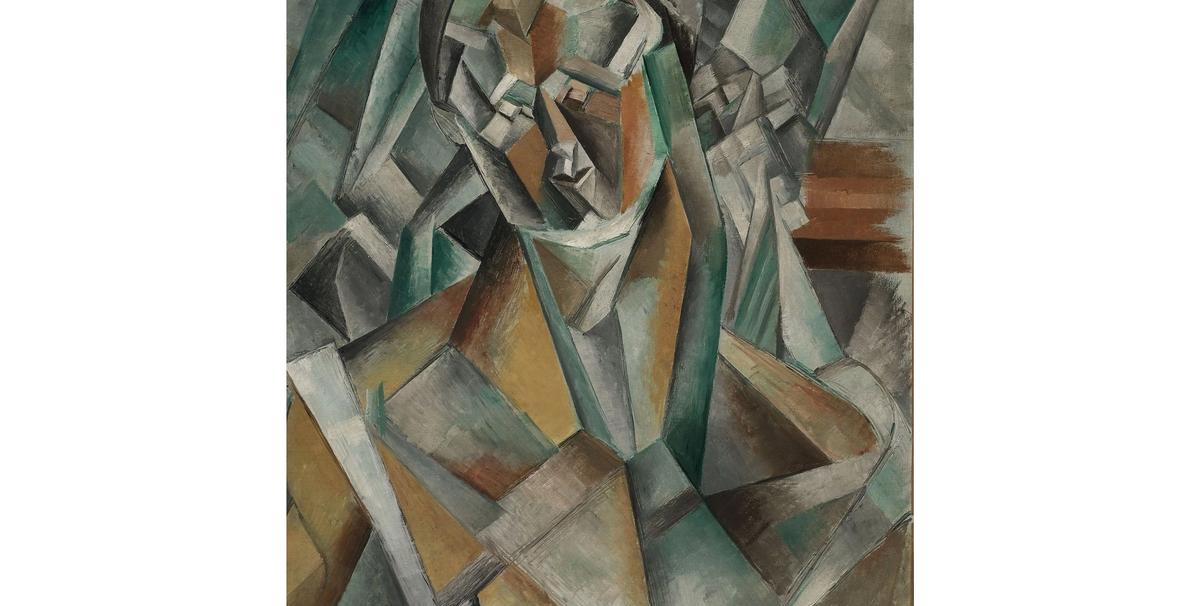Despite an overall contraction in art sales last year, Sotheby’s CEO Tad Smith expressed confidence in the art market, the Sotheby’s team, and the company’s expanding digital presence during an earnings call this morning covering the fourth quarter of 2016.
Sotheby’s sold a total of $4.9b in property in 2016, down 27% from the previous year and behind Christie’s total of $5.4b. However, the publicly traded company reported net income of $74.1 million for 2016, compared to $43.7 million in 2015, an uptick Smith attributed in part to the strength of the house's November sales.
"We were cautiously optimistic in November, but as it turns out, the weight in that statement should have been on optimism," Smith said early in the call, "as collectors responded enthusiastically to the great collections and works we secured for sale." These included the art collections of David Bowie ($41.1.m) and Steven and Ann Ames ($131.3m), sold that month in London and New York, respectively.
Around this time last year, the company was fighting a falling stock price, having seen its shares slide 44% over 12 months. With the price per share hovering in the $25 range, the company began a stock buyback programme, which helped shore up the price to around $44 at present, more in line with its historical prices.
Asia has been key to the business in 2016. Over the summer, Chinese insurer Taikang amassed a 13.5% stake in the company, larger than any other shareholder. In the fall Sotheby’s announced the addition of Linus Wing Lam Cheung, the retired chief executive of Hong Kong Telecom, to its board.
Significantly, half of the top ten works sold at Sotheby’s in 2016 were purchased by buyers from Asia, and 48% of purchases by Asian clients took place outside the Hong Kong salesroom. Acknowledging the importance of this market, both Sotheby’s and Christie’s rescheduled their February sales of Impressionist, Modern and contemporary art in London to accommodate the Lunar New Year, a major holiday across Asia.
Highlighting a leap of nearly 20% in sales online, Smith noted, "Online buyers spent $155 million at Sotheby’s in 2016". Despite a crowded arena—which includes start-ups like Paddle8 and Artsy as well as traditional auctioneers like competitor Christie’s, which saw $217m in sales transacted over the web—Smith believes Sotheby's has plenty of room for growth, noting that until recently "our [online] tools haven't been very good". Now, he says, “We’ve got this fantastic machine that we’re just on the cusp of fully experiencing".
Despite a crowded arena—which includes start-ups like Paddle8 and Artsy as well as traditional auctioneers who have also expanded their online sales—Smith says Sotheby’s has plenty of room for growth, noting that until recently "our [online] tools haven’t been very good”. Now, he says, “We’ve got this fantastic machine that we’re just on the cusp of fully experiencing".
Along with developing its digital infrastructure, 2016 saw Sotheby’s move aggressively in recruitment, which Smith likened to building a major-league sports team, hiring the "best athletes" in several fields. These included the Art Advisory Partners trio of Amy Cappellazzo, Adam Chinn, and Allan Schwartzman, Orion Analytical’s James Martin and the Rauschenberg Foundation’s executive Christy MacLear.
A market-wide decline in sales of high-value lots above $1m affected auctioneers across the board in 2016, which some observers attribute to political and economic instability caused by Brexit and the U.S. election. Regarding the prospect of Republican-led tax reform in the U.S. in 2017, Smith noted that there was "high enthusiasm for pro-growth policies", adding, "I have to tell you, I feel quite good about it".


